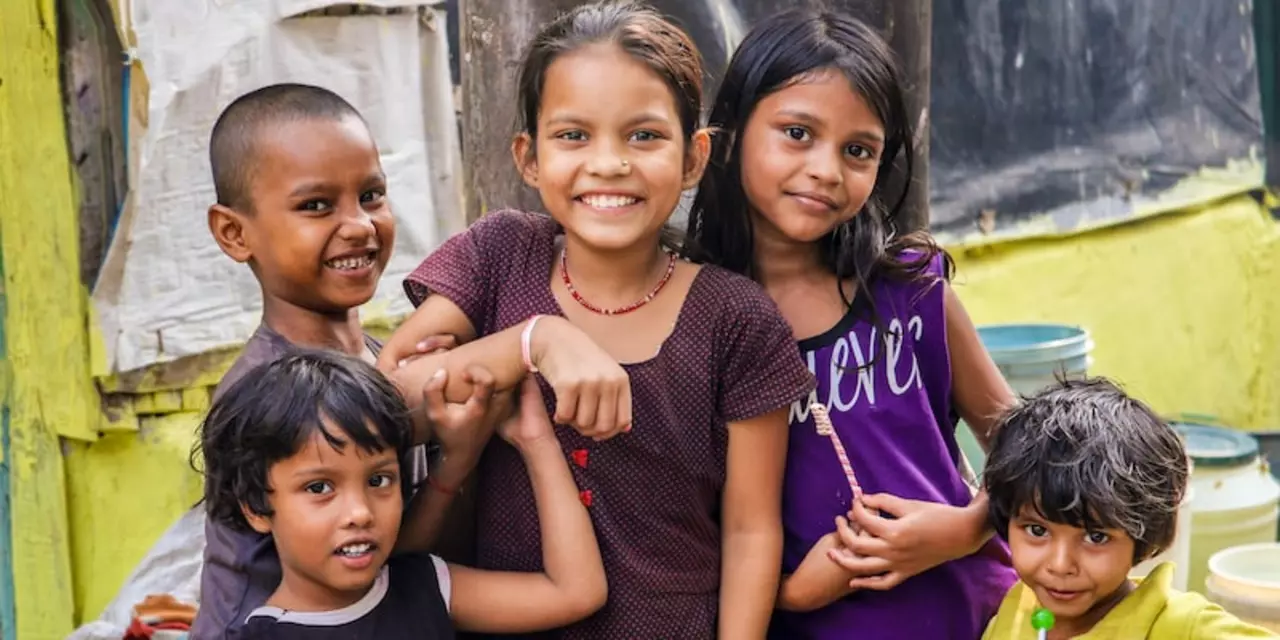Inequality: What It Is and Why You Should Care
When you hear the word “inequality,” you might picture big numbers, protests, or news headlines. In reality, it’s something that shows up in tiny moments—like who can afford the newest phone, which neighborhoods get clean parks, or which movies get the biggest budgets. Understanding these gaps helps you see why some people have a smoother ride while others keep hitting bumps.
Why Inequality Matters to Everyone
First off, inequality isn’t just a distant problem for policymakers. It affects the price you pay for coffee, the quality of schools your kids attend, and even the chances you get to see a blockbuster movie on opening night. When a small group holds most of the wealth, the rest of us end up with fewer choices—whether that’s a lower‑paid job, a cramped living space, or limited access to health care.
Second, social gaps can shape attitudes. If you constantly see wealth displayed on social media, it can make you feel left out or push you to compare yourself. Those feelings aren’t just personal; they can drive larger trends like consumer debt or mental‑health spikes. Recognizing the link between inequality and everyday emotions gives you a better handle on why you react the way you do.
Inequality in Entertainment and Pop Culture
Pop culture both reflects and reinforces gaps. Think about blockbuster franchises that splash billions on special effects while indie films scrape together micro‑budgets. That financial divide decides which stories get told and which stay hidden. Same goes for music—big labels promote chart‑topping hits, while talented artists on streaming platforms fight for a few plays.
But the good news? Audiences are getting smarter. Crowdfunding, social media buzz, and niche streaming services let underdogs reach fans without a huge studio backing them. When you choose to watch a low‑budget movie or stream an emerging artist, you’re actually pushing back against the traditional power balance.
Even fashion follows the pattern. Luxury brands launch limited drops that only a fraction can afford, while streetwear thrives on accessibility and community vibes. The clash between exclusivity and inclusivity creates a constant dialogue about who gets to wear what and why.
Understanding these dynamics helps you spot where inequality hides—in the glossy ads, the streaming algorithms, or the headlines about tech launches. It also shows you where you can make a difference, simply by supporting creators and businesses that prioritize fairness.
So, next time you scroll through your feed, ask yourself: Who’s benefiting from this content? Who’s being left out? Small questions lead to bigger awareness, and awareness is the first step toward a more balanced world.
Stay curious, stay critical, and keep the conversation going. Inequality isn’t a fixed fact—it’s a pattern we can change, one choice at a time.
Why more than 70 percent of Indian is poor?
India is a developing country with a population of more than 1.3 billion people, out of which more than 70% are poor. The main causes of poverty in India are lack of education and inadequate access to resources, leading to unemployment and underemployment. In addition, corruption and inequality also contribute to poverty in India. These factors lead to a vicious cycle of poverty, where the poor have limited access to opportunities and resources, leading to further poverty.
More